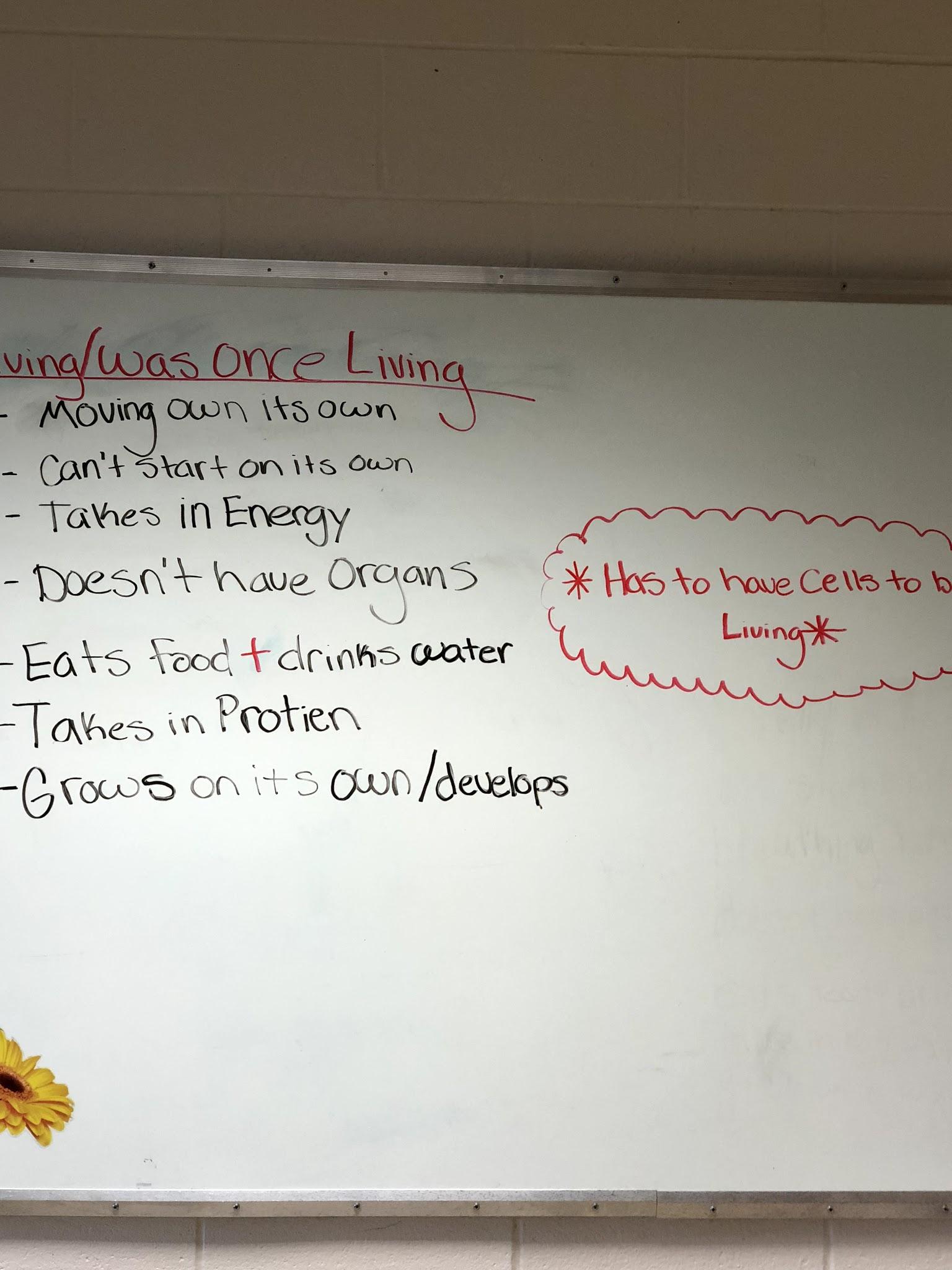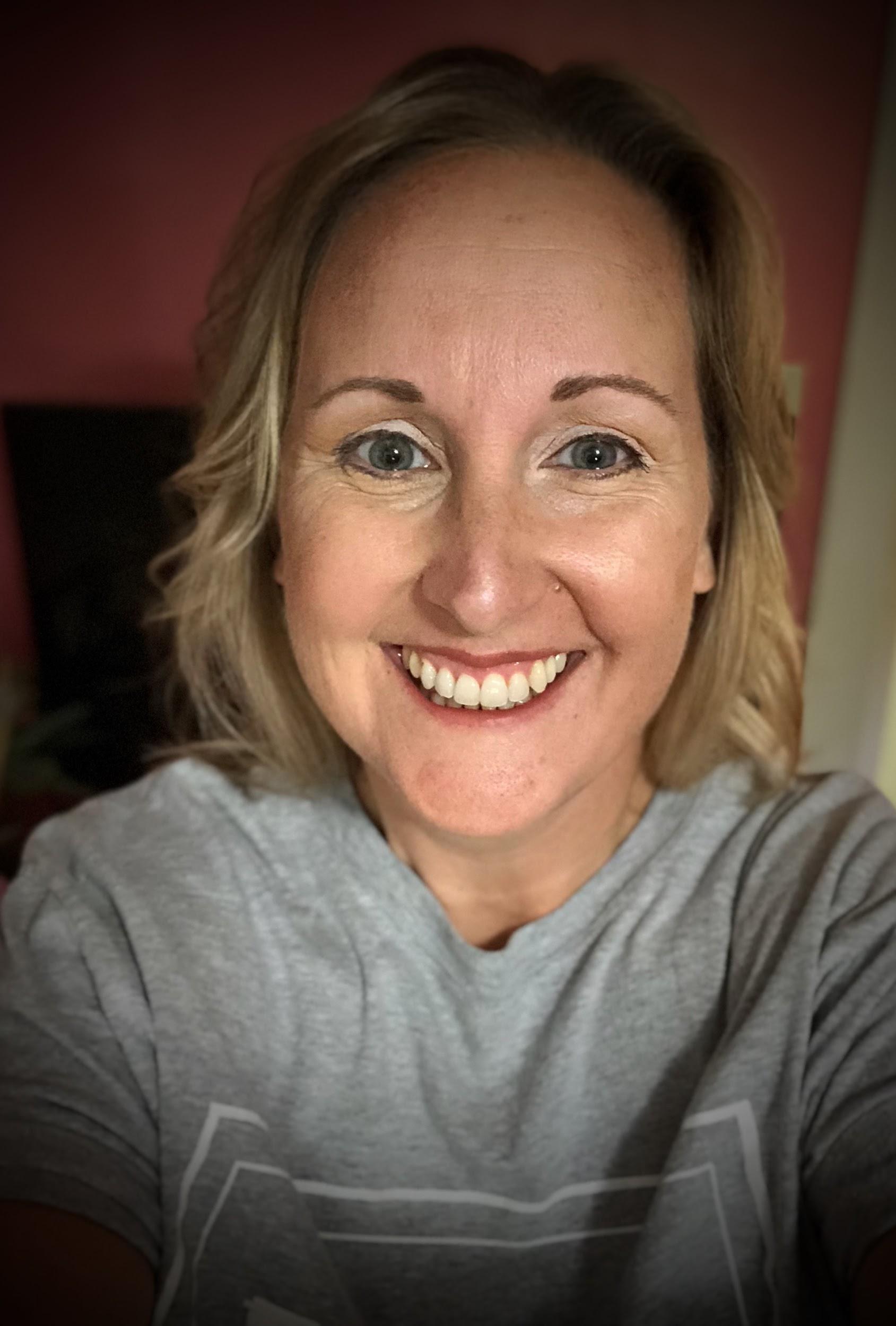Using Discourse With High School Science Students
By Cindy Workosky
Posted on 2018-11-15
High school students love to talk. Covering topics from music to memes, the hallway conversations are always lively. But when students enter the classroom, they suddenly have nothing to say. I believe it’s because students don’t know how to talk science. Recently, I have analyzed productive discourse among students, and what I have found confirms what I have read and heard from multiple sources:
The person doing the talking is the person doing the learning.
When planning lessons and units, I focus on ways I can create the conditions in which students have a basic knowledge and are motivated to learn more about a topic. Thinking in terms of NGSS-style planning, the time is perfect to bring in phenomena. Consider equity, and how students will react to the phenomenon. Does it connect to the history, readiness, and interests of all students? Are students interested enough to inspire the curiosity of the entire room?
Sometimes student discussions seem like unplanned, natural conversations. Sometimes they are, but usually these conversations result from more intentional planning then serendipity. I take these basic steps when planning a lesson designed to coach students to develop their own understanding or deepen their knowledge of science concepts.
1.Plan conversations in advance by anticipating questions and methods that can be used to guide student discussions while empowering them to maintain control of the conversation. It is essential to consider multiple entry points. For example, knowing students’ history and interests can help you interest them in a topic: This has been critical to the success of my lessons. It’s not surprising that students quickly become disinterested and disengaged when the topic is too unfamiliar or mundane. I also try to consider the varied levels of experience students have with the phenomenon and am prepared to provide clarifying or alternate examples.
When engaging students with a phenomenon, I have found if I provide as little information as possible, it nudges students to ask their own questions. My response to student questions is usually as follows:
“Why do you think that is?”
“What do the other students think?”
“How does this compare to what you know or experience you have had?”
2. Decide which scientific practices will support rigorous student discussions and determine how students will encounter appropriate vocabulary. If the reason for students’ lack of engagement in science conversations is their lack of experience with the particular lexicon, give them opportunities to interact with the material physically as a way to provide another means of understanding and increase their comfort level.
3. Consider how students’ ideas will change based on their interactions with the planned activities and discussions. Determine the type of support they will need to deepen their understanding. I have a driving question board and encourage students to contribute new questions they have during the unit. This makes their thinking visible to me and their peer collaborators and encourages students to respond to one another without my intervention.
4. Lastly, it will take more time than you think! Allow time for students to reflect and connect with their peers. Consider offering sharing opportunities such as learning walks, gallery walks, debate, and show-what-you-know activities that facilitate opportunities to consolidate ideas among groups of students, and encourage them to meet the goal of eliciting additional information.

Recently, my freshman biology students began a typical unit, What Does it Mean to Be Alive. The unit started with petri dishes of mystery substances, and their task was to determine which of the samples were living. The first step was for students to brainstorm what living things do. Their initial results are pictured. I supplied an article to help them clarify their misunderstandings, and after reading it, they updated the board and decided how to test their samples. Students decided on the following:
- Test for cells using microscopes.
- Place in water to observe growth or bubbles.
- Place in soil to observe growth.
Students also decided that if each group performed all three tests on one sample, they would be able to work more effectively. Groups posted their observations and images to a shared digital journal. During collaboration, they correctly identified yeast, brine shrimp cysts, beans, and corn as living, and salt as non-living.
This process took six full class periods, a considerable time investment for teaching a concept that could have been accomplished with a single class session of taking notes. However, these students were given an opportunity to brainstorm, determine testable questions, and perform their own tests, which gave them a deeper understanding of the processes and the ability to apply their knowledge in future units.
Their experience and discourse will be used during the next unit on cell theory and spontaneous generation. Students will begin by setting up a hay infusion and predicting what they will see. Their explanations will be supported by what they learned about characteristics of living things, and I will coach them toward conducting a controlled experiment much like that of Francesco Redi. I will introduce them to Leeuwenhoek’s animalcules and anticipate that they will instantly connect this to their observations. This unit will end with a presentation of various organisms found in a drop of water.
These units will ensure that my students have a solid understanding of cells. We can take a few different pathways after these lessons, such as mitosis, populations and succession, and clean water. I will consider my students’ conversations before I finally decide.
What would your students choose? Perhaps you have an idea to merge all three! If you do, please share: I’d love to hear about it.
| These units review/reinforce the following DCIs: | |
| MS-LS1-1 | All living things are made up of cells, which is the smallest unit that can be said to be alive. An organism may consist of one single cell (unicellular) or many different numbers and types of cells (multicellular).
Organisms reproduce, either sexually or asexually, and transfer their genetic information to their offspring. |
| MS-LS2-2 | Organisms, and populations of organisms, are dependent on their environmental interactions both with other living things and with nonliving factors. |
| These units build students’ experience with the following SEPs: | |
| Asking Questions and Defining Problems | Ask questions that arise from careful observation of phenomena, or unexpected results, to clarify and/or seek additional information.
Ask questions that arise from examining models or a theory, to clarify and/or seek additional information and relationships. Evaluate a question to determine if it is testable and relevant. Ask questions that can be investigated within the scope of the school laboratory, research facilities, or field (e.g., outdoor environment) with available resources, and when appropriate, frame a hypothesis based on a model or theory. |
| Planning and Carrying Out Investigations | Plan an investigation or test a design individually and collaboratively to produce data to serve as the basis for evidence as part of building and revising models, supporting explanations for phenomena, or testing solutions to problems. Consider possible variables or effects and evaluate the confounding investigation’s design to ensure variables are controlled. |
| Constructing Explanations and Designing Solutions | Construct and revise an explanation based on valid and reliable evidence obtained from a variety of sources (including students’ own investigations, models, theories, simulations, peer review) and the assumption that theories and laws that describe the natural world operate today as they did in the past and will continue to do so in the future.
Apply scientific ideas, principles, and/or evidence to provide an explanation of phenomena and solve design problems, taking into account possible unanticipated effects. Apply scientific reasoning, theory, and/or models to link evidence to the claims to assess the extent to which the reasoning and data support the explanation or conclusion. |
| Obtaining, Evaluating, and Communicating Information | Critically read scientific literature adapted for classroom use to determine the central ideas or conclusions and/or to obtain scientific and/or technical information to summarize complex evidence, concepts, processes, or information presented in a text by paraphrasing them in simpler but still accurate terms.
Communicate scientific and/or technical information or ideas (e.g. about phenomena and/or the process of development and the design and performance of a proposed process or system) in multiple formats (including orally, graphically, textually, and mathematically). |

Bonnie Nieves teaches high school science in Massachusetts. Her professional passions include engaging students in authentic activities, incorporating restorative practices, and leveraging technology to empower students to make an impact on their community. She enjoys connecting with educators through social media, professional organizations, conferences, Twitter chats, and edcamps. Nieves is a member of the National Association of Biology Teachers (NABT), Teacher Institute for Evolutionary Science (TIES), NSTA, and Massachusetts Computer Using Educators (MassCUE); serves as an Elementary and Secondary Education Science and Technology Ambassador in Massachusetts; and has presented at NABT, New Hampshire Science Teachers Association (HSTA), and MassCUE. Connect with her on Twitter @biologygoddess, on Voxer @bonnienieves, and via her WordPress blog,
Note: This article was featured in the November issue of Next Gen Navigator, a monthly e-newsletter from NSTA delivering information, insights, resources, and professional learning opportunities for science educators by science educators on the Next Generation Science Standards and three-dimensional instruction. Click here to sign up to receive the Navigator every month.
Visit NSTA’s NGSS@NSTA Hub for hundreds of vetted classroom resources, professional learning opportunities, publications, ebooks and more; connect with your teacher colleagues on the NGSS listservs (members can sign up here); and join us for discussions around NGSS at an upcoming conference.
The mission of NSTA is to promote excellence and innovation in science teaching and learning for all.
Future NSTA Conferences
2018 Area Conferences
2019 National Conference
Follow NSTA
Disclaimer: The views expressed in this blog post are those of the author(s) and do not necessarily reflect the official position of the National Science Teaching Association (NSTA).
Assessment Crosscutting Concepts Curriculum Disciplinary Core Ideas Instructional Materials Lesson Plans NGSS Phenomena Science and Engineering Practices Teaching Strategies Three-Dimensional Learning Middle School Elementary


